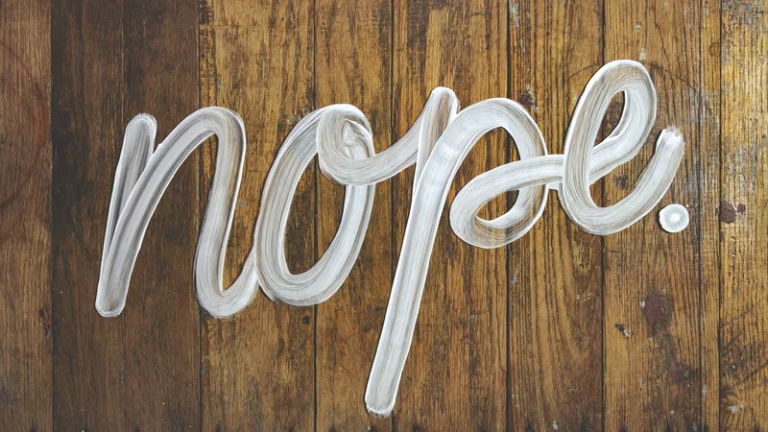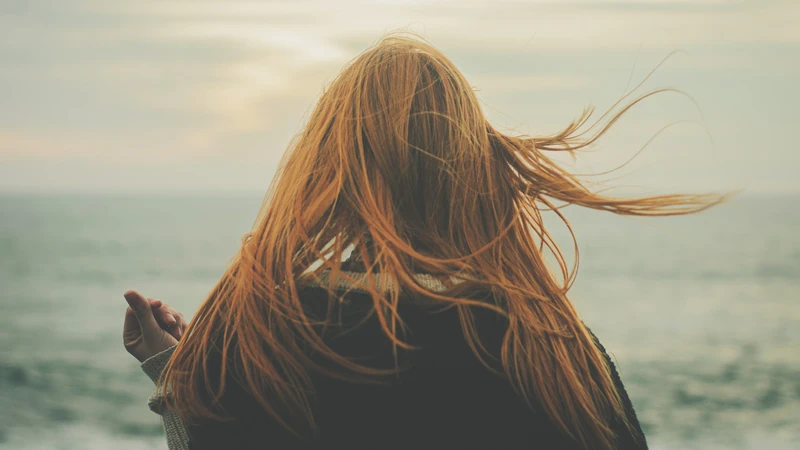For the most globe-trotting among us, discovering the local cuisine of a country where we are settling down is a fulfilling and enriching experience… except that certain foods traditionally eaten in certain parts of the world can lead to terrible states and put our health at risk. Yes, these 10 foods listed below are to absolutely avoid eating when you go abroad.
1. Bitter cassava in the Amazon
Cassava is a tropical shrub native to Central and South America . Incessantly consumed in the Amazon basin, it is its roots, very rich in carbohydrates, which are adulated . The problem ? Two varieties of cassava exist and are cultivated. While sweet cassava is harmless if eaten raw , bitter cassava has toxins, especially hydrogen cyanides, which are very dangerous to our health if not properly washed and boiled before consumption . Traveling to the Amazon? A word of advice: ask an expert to prepare cassava for you and avoid cooking it yourself. Zero risk of choosing the wrong variety and being intoxicated!
2. Cazu Marzu in Italy
Cazu Marzu is an Italian cheese originating from Sardinia . Made with sheep’s milk, its recipe is derived from Pecorino Sardo, a semi-cooked cheese very well known and popular in the country. However, the fermentation of Cazu Marzu is far from classic and is, in fact, dangerous for our health . For what reasons) ? Because it requires the use of fly larvae, and more particularly cheese fly, to be brought to an advanced stage (of fermentation). These larvae, themselves visible in the cheese under the appearance of small white worms, can cause, if ingested, serious lesions in the intestine and cause nausea, vomiting, abdominal pain and bloody diarrhea. Cazu Marzu is prohibited from marketing in Europe. However, in Sardinia in particular, it is still found on the black market . A word of advice: do not sort the maggots, simply refuse to eat them. You won’t lose much: according to testimonials, Cazu Marzu has a texture and taste similar to vomit and rot… Yuck!
3. Fugu fish in Japan
Although it is very popular with the Japanese, puffer fish, known as “puffer fish” or “Fugu”, is one of the most dangerous foods there is . For what ? Because some of its parts, including the liver, eyes, and ovaries, contain tetrodoxin, a toxic substance that can paralyze muscles and even cause respiratory arrest . Japanese cooks, authorized to serve this fish in their restaurants, have undergone five years of training in order to obtain a state license and become experts in the art of cutting it… Just that! A tip if you travel to Japan and are in a restaurant: check that the chef serving you has the famous license before choosing Fugu as a dish.
4. Olestra crisps in the United States
Dropping off in the United States without eating chips once? Impossible, you tell us. Ok but check the nutritional composition of the packets of crisps you buy z. Some brands, such as P&G, add Olestra, known as “Olean”, a fat substitute derived from vegetable oil and sugar , without fat, without cholesterol and without calories. Fully licensed in Uncle Sam’s Country, the Olestra is banned for use elsewhere . For good reason, it has the side effects of absorbing the body’s vitamins and causing severe intestinal cramps … A word of advice: read the labels of packets of crisps at the supermarket. And fang!
5. The silver-striped Blaasop in the Indian Ocean
The silver-striped Blaasop is a fish caught in the Indian Ocean . Like the Japanese Fugu, it is dangerous because its skin, liver, and reproductive organs contain a poison that causes muscle paralysis and respiratory problems . Are you on vacation and decide to taste local dishes? A word of advice: avoid any culinary preparation based on Blaasop.
6. Blood clams in China
Blood clams are found in the Pacific and Atlantic regions . Highly consumed in China, their name is not accidental: they are infected and vectors of diseases such as hepatitis A, dysentery or even typhoid ! The cause ? Their place of residence several meters deep, under the sand or in the mud, which is poor in oxygen and, therefore, weakened in the face of external infections. A word of advice: do not eat them raw!
7. Live octopus in South Korea
In South Korea, it’s customary to eat live octopus … except it can be dangerous. No need to draw a diagram: since it’s alive, it can snag in your throat and increase the risk of choking . One piece of advice: avoid this strange practice… But it shouldn’t be too hard, should it? Whoops!
8. Akee in Jamaica
Akée , or Aki, is a fruit grown in West Africa and typical of Caribbean and Jamaican cuisine. Although it is completely harmless if eaten prematurely, it can lead to terrible vomiting or even coma or death if eaten beyond maturity . For what reasons) ? Because it contains hypoglycine, a toxin which turns into poison under the action of the sun’s rays on the growth of the fruit. A word of advice: make sure your ackée is not too ripe before enjoying it. Are you hesitating? Avoid, it’s better.
9. The bullfrog in Namibia
Very popular in Namibia, the bullfrog comes from North America but has been introduced around the world. Although it remains edible, a toxin in it can cause severe kidney failure . If you absolutely want to taste it during your stay, a word of advice: make sure it is well prepared!
10. Nutmeg in Europe
Do you love using nutmeg in the kitchen to flavor and enhance all your dishes and desserts? You will be surprised to read the following: yes, nutmeg can be dangerous or even fatal if consumed in excess . For what ? Because it has several toxic substances which, in high doses, cause hallucinogenic psychosis, in other words, a hallucination with the same consequences as amphetamines . Result ? The risks of nausea, palpitations or even cardiac arrest are increased tenfold ! So, a piece of advice to finish: be careful and don’t overdo it!













